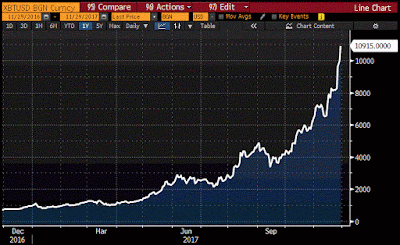CPI, Your Cost Of Living And Your Investing Strategy
Gas prices were a big contributor to the headline CPI data for the last year to November of 2017, which increased by 2.1%. If you drive regularly, you likely experienced an uptick in your cost of living.
However, according to statistics Canada, it is not just what you consume, it is where you consume it as well: if you live in Saskatchewan and Manitoba, your year to year increase in the Consumer Price Index was 3.7% and 3.2% respectively.
Remember, everyone has their own consumption habits so your personal increase in living costs may not be what Statistics Canada's basket of "average" consumer purchases would be.
If you have the time to determine the change in your cost of living from year to year (to compare) it is a worthwhile exercise. Especially when it comes to projecting your living costs going forward, which is a very important assumption in a Wealth Forecast.
As I mentioned in yesterday's blog, a Wealth Forecast is an integral part of any investment strategy. Getting as accurate a read on your lifestyle expenses as possible is a very important part of understanding how you will reach your long-term goals.
Having an investment strategy without that understanding is like travelling without a destination. You need an end-point and a map of how you are going to get there.
If your advisor suggests that just having a balanced collection of ETF's (or even worse, expensive MER mutual funds) in your investment portfolio is enough (to get an annualized return of 6-7%), then she or he is driving you in an unidentified direction (and not considering all of the risk metrics that can come in to play). I have spent more than 35 years honing my skills in risk management, so I have a keen understanding in this department and get a huge rush from helping people avoid the potential mistakes that less experienced advisors might bring to the table.
You need to have a plan (at High Rock, we call it a Wealth Forecast) prepared by an expert, Certified Financial Planning (CFP) professional, that includes understanding what is coming in (income) and what is going out (cost of living) and is able to show you how you will get from where you are right now, to where you want to be in the end (your destination).


































